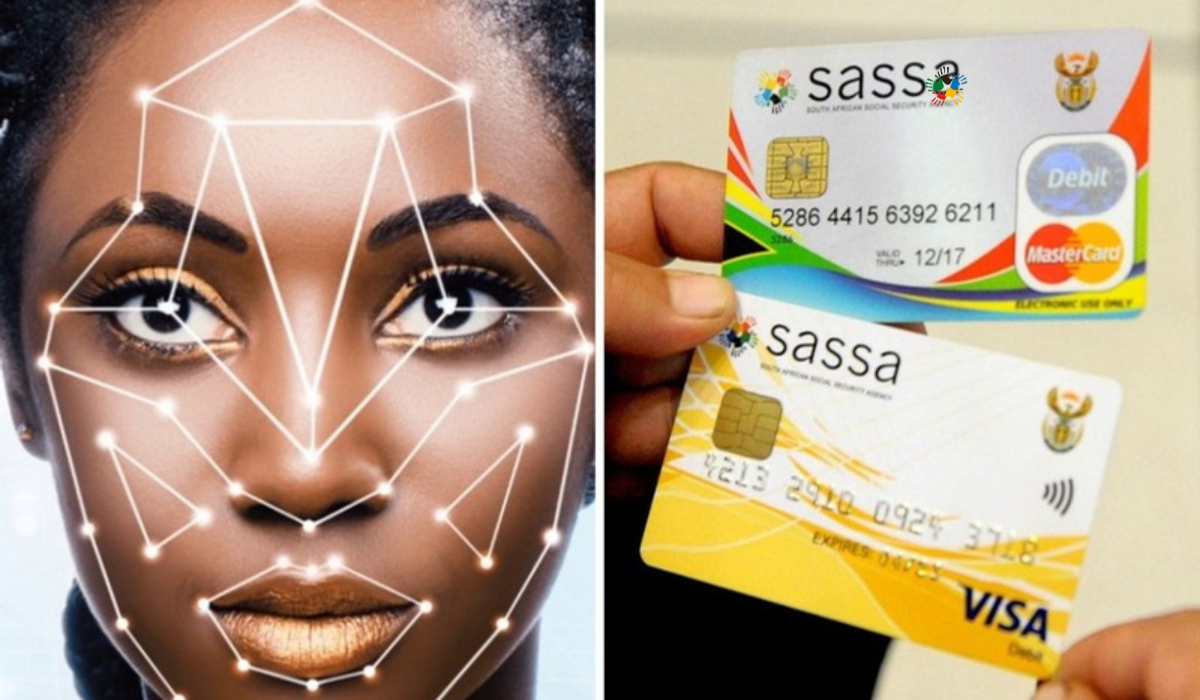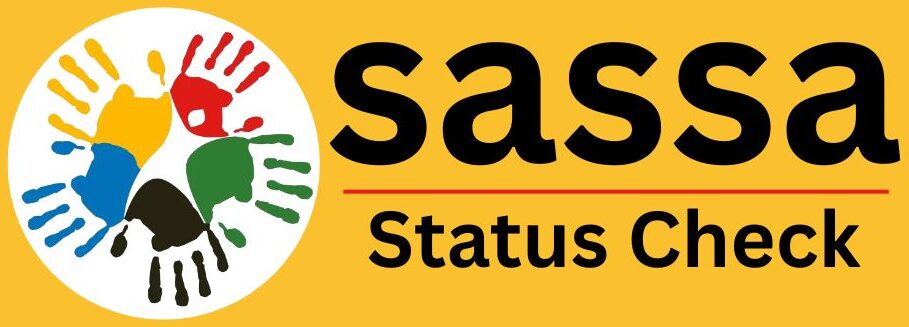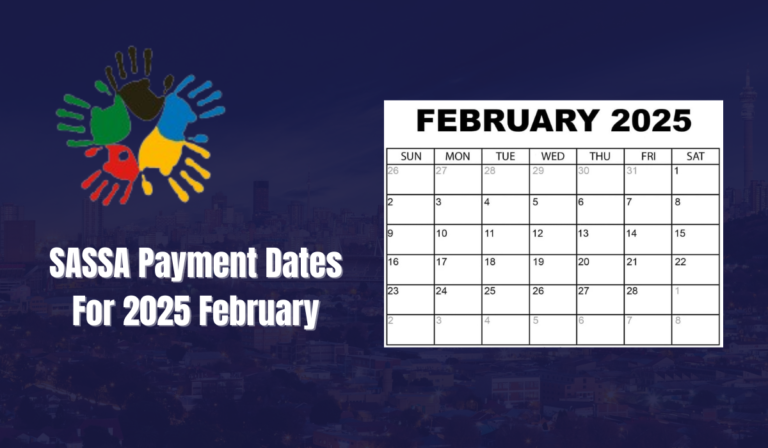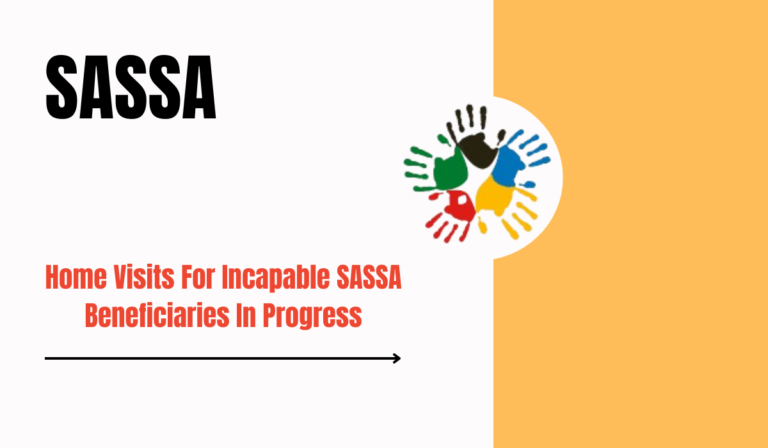SASSA Requires Social Grant Recipients To Provide Biometric ID

SASSA Requires Social Grant Recipients To Provide Biometric ID. The South African Social Security Agency (SASSA) is rolling out a major policy change aimed at improving the security and accuracy of identity verification for social grant recipients. This new requirement involves the mandatory biometric ID process for those who do not use the standard South African 13-digit ID number. The update, which came into effect on May 5, is part of a larger initiative to combat fraud, streamline services, and maintain the integrity of the social grant system.
In this article, we will break down everything you need to know about this new biometric enrolment system: why it’s happening, who it affects, how it works, and what steps you should take if you are a grant recipient or planning to apply.
Why SASSA Introduced the Biometric ID System
The biometric verification initiative was launched by SASSA in alignment with Regulation 13(1) of the Social Assistance Act [13 of 2004]. The primary reasons behind this major upgrade are:
- To prevent identity misrepresentation and fraud
- To enhance security and system accuracy
- To ensure grants are given only to eligible beneficiaries
- To speed up data verification and application reviews
According to Paseka Letsatsi, SASSA’s spokesperson, this move is a proactive measure to tighten up their processes and protect the funds that millions of South Africans depend on.
Who Needs to Provide Biometric ID to SASSA?
The new system does not apply to every beneficiary, but it specifically targets:
| Category | Biometric Enrolment Required? |
|---|---|
| New Applicants using 13-digit SA ID | Not Required |
| New Applicants using Alternative ID | Required |
| Existing Beneficiaries with ID Changes | Required |
| Existing Beneficiaries with Profile Reviews | Required |
If you are an existing beneficiary but recently changed your personal details, or if you’re a new applicant without a South African green barcoded ID or smart ID card, you’ll need to go through the biometric ID process.
What is Biometric Identification?
Biometric identification is a high-tech method that uses unique biological characteristics to verify an individual’s identity. For SASSA, this includes:
- Fingerprints
- Facial recognition
- Iris scans
These biometric markers are nearly impossible to duplicate, making the system highly secure and tamper-proof. Once your biometric data is captured, it is linked to your SASSA profile and used for future verification processes.
How the Biometric Enrolment Process Works
To make the implementation smooth across South Africa, SASSA has initiated a Train-the-Trainer program. Here’s how it will work:
1. Super Users Are Trained First
A dedicated group of staff known as “super-users” have already been trained in collaboration with the State Information Technology Agency (SITA).
2. Regional Training Begins
These super-users will then train staff across regional SASSA offices. This ensures that every office has qualified personnel ready to handle biometric enrolments.
3. Office Capacity Improved
SASSA is also increasing staff numbers at various offices to prevent long queues and avoid delays during the biometric data collection phase.
4. Biometric Capture at SASSA Offices
When a beneficiary walks into a SASSA office, biometric data will be captured using specialized devices and software. The whole process is expected to be quick, accurate, and secure.
Benefits of the Biometric ID System for SASSA
There are several long-term advantages to this new initiative:
| Benefit | Description |
|---|---|
| Enhanced Security | Reduces the risk of identity theft and fraud |
| Faster Verifications | Reduces delays in processing new and updated applications |
| Accurate Payments | Ensures grants go to the right person at the right time |
| System Integrity | Builds trust in SASSA’s services and protects public funds |
Challenges and Concerns
While this is a promising development, it is important to recognize potential challenges:
- Access in rural areas: Not all SASSA offices may be easily accessible to people in remote regions.
- Technological limitations: Some offices may experience delays due to equipment or network issues.
- Public awareness: Some grant recipients may not yet be informed about the change.
SASSA has committed to rolling out public awareness campaigns to help beneficiaries understand what’s expected of them.
What You Should Do As a Grant Recipient
Here are step-by-step actions to take if you fall under the biometric enrolment requirement:
Step 1: Check If You Qualify
- If you use an alternative form of ID, visit the nearest SASSA office or contact their helpline to confirm if you need biometric registration.
Step 2: Visit Your Nearest SASSA Office
- Make sure to bring all your supporting documents (e.g., proof of residence, old ID, birth certificate).
Step 3: Complete the Biometric Enrolment
- Allow SASSA staff to scan your fingerprints and facial features.
Step 4: Verify Your Information
- Review and confirm that the captured biometric data is linked correctly to your profile.
Step 5: Keep Your Contact Details Updated
- If you change your phone number or address, inform SASSA immediately to avoid delays in future communication.
SASSA Statement on the Initiative
SASSA emphasized their commitment to improving the grant system:
“SASSA is pulling out all the stops in tightening its systems and implementing measures meant to safeguard social grants – ensuring that we pay the right grant to the right person at the right time and place. Njalo!”
This statement highlights the agency determination to strengthen the social grant system and curb misuse of funds.
Contact Information for Assistance
If you are unsure whether you need to go through the biometric process or require help, here are your official contact options:
- Toll-Free Number: 0800 60 10 11
- Email: [email protected]
- Website: www.sassa.gov.za
Conclusion
The introduction of biometric ID by SASSA marks a significant leap forward in modernizing South Africa’s social grant system. By embracing technology and proactive governance, SASSA is ensuring that fraud is reduced, efficiency is increased, and the right beneficiaries receive the right grants on time.






